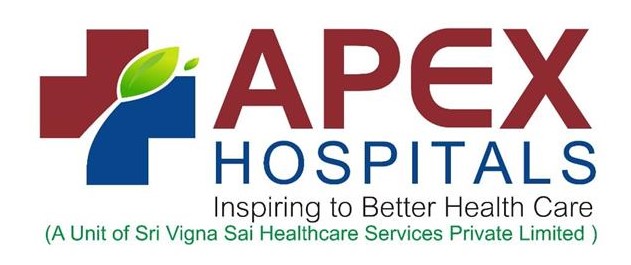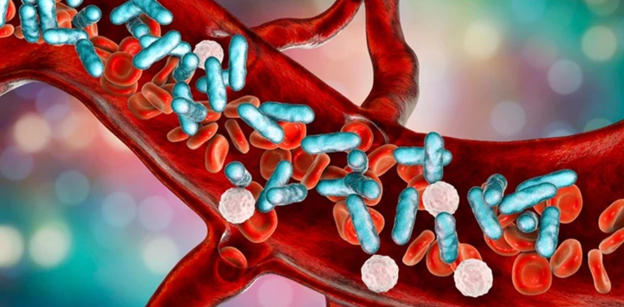Septic shock is a severe medical condition that occurs when an infection leads to a dangerous drop in blood pressure and organ failure. It is a medical emergency that requires immediate attention. While septic shock can be life-threatening, with timely and effective treatment, many people can recover. Understanding the causes, symptoms, and treatment options is crucial to improving outcomes and preventing complications.
What is Septic Shock?
Septic shock is a life-threatening condition that occurs when an infection spreads throughout the body, leading to a dramatic decrease in blood pressure, which in turn affects the function of vital organs. The infection triggers a response from the body’s immune system, which can cause widespread inflammation. This inflammation leads to blood vessel dilation, impaired blood flow, and the inability of organs to receive the oxygen and nutrients they need to function properly.
While infections in various parts of the body can lead to septic shock, it is most commonly caused by bacterial infections. When the body’s response to an infection is not controlled or is too intense, it can lead to septic shock.
Causes and Risk Factors for Septic Shock
Septic shock can be caused by a variety of infections, and it can affect anyone, though certain groups are at higher risk:
- Infections: The most common causes of septic shock are infections such as pneumonia, urinary tract infections, abdominal infections, or infections in the skin. In some cases, infections in the bloodstream (septicemia) can also lead to septic shock.
- Weakened Immune System: People with weakened immune systems, such as those with chronic illnesses (diabetes, cancer, etc.), are at greater risk of developing infections that could lead to septic shock.
- Age: Older adults, especially those over the age of 65, have a higher risk due to weaker immune systems and the likelihood of other health conditions.
- Chronic Health Conditions: Conditions such as diabetes, kidney disease, or liver disease can make the body more vulnerable to infections and increase the risk of septic shock.
- Surgical Procedures or Invasive Devices: People who have undergone major surgeries or have indwelling devices, like catheters or breathing tubes, are at a higher risk for infections that can lead to septic shock.
Symptoms of Septic Shock
Recognizing the symptoms of septic shock early can be lifesaving. Common signs and symptoms include:
- Severe Drop in Blood Pressure: Low blood pressure that does not improve with normal fluid intake is one of the hallmark symptoms of septic shock.
- Rapid Heart Rate: The heart may beat faster in an attempt to compensate for the lack of oxygen and nutrients being delivered to the organs.
- Fever or Hypothermia: The body may experience a high fever, or in some cases, a very low body temperature.
- Shortness of Breath: Difficulty breathing or rapid breathing can occur due to reduced oxygen delivery to the lungs and other organs.
- Confusion or Disorientation: Reduced blood flow to the brain can lead to mental confusion, agitation, or difficulty concentrating.
- Cold, Clammy Skin: As the body tries to conserve energy for vital organs, the skin may become cold and sweaty, and extremities may feel numb.
- Decreased Urine Output: When organs like the kidneys are not receiving enough blood flow, the amount of urine produced may significantly decrease.
Diagnosis of Septic Shock
If septic shock is suspected, healthcare professionals will act quickly to identify the infection and the extent of damage it may have caused. Common diagnostic tests include:
- Blood Cultures: To identify the type of infection and the bacteria causing it.
- Imaging Tests: X-rays, CT scans, or ultrasounds may be used to identify the source of infection (e.g., pneumonia, abdominal infection).
- Blood Tests: To assess organ function, check for signs of inflammation, and measure blood pressure and oxygen levels.
- Urine Tests: A urine sample may be collected to check for infections that could be contributing to septic shock.
Treatment Options for Septic Shock
Septic shock is a medical emergency that requires immediate treatment. The primary goals are to control the infection, stabilize blood pressure, and support organ function. Common treatments include:
- Antibiotics: Administering antibiotics as soon as possible is critical to fighting the infection. Broad-spectrum antibiotics are typically given initially, followed by more specific treatments once the infection’s source is identified.
- Intravenous Fluids: To stabilize blood pressure and improve blood circulation, large volumes of intravenous fluids are given. This helps ensure that vital organs, like the heart and brain, receive adequate blood flow.
- Vasopressors: If blood pressure remains low despite fluids, medications called vasopressors may be given to constrict blood vessels and raise blood pressure.
- Oxygen Therapy: To ensure organs are adequately oxygenated, supplemental oxygen may be provided, or mechanical ventilation may be necessary if breathing becomes impaired.
- Supportive Care for Organs: If organ failure occurs, dialysis may be required for kidney failure, or other treatments may be needed to support the function of the heart, liver, or lungs.
- Surgery: If the infection is localized in an organ or part of the body (e.g., an abscess), surgical intervention may be required to drain the infected area.
Preventing Septic Shock
While septic shock cannot always be prevented, taking steps to reduce the risk of infections can help:
- Practice Good Hygiene: Proper handwashing and care in handling food, especially when handling raw meats, can prevent infections.
- Vaccinations: Staying up-to-date with vaccinations, especially for pneumonia and the flu, can help prevent infections that might lead to septic shock.
- Prompt Treatment of Infections: If you have a wound, urinary tract infection, or any other infection, it’s important to seek medical attention early to avoid complications.
- Manage Chronic Conditions: Keeping conditions like diabetes, heart disease, and other chronic illnesses under control can reduce the risk of infections.
Conclusion
Septic shock is a serious medical condition that requires prompt treatment. Recognizing the symptoms early and seeking immediate medical attention can make a significant difference in outcomes. With proper care, many people recover from septic shock, but it remains a condition that should never be ignored. If you or someone you know is experiencing the signs of septic shock, don’t hesitate to contact healthcare professionals immediately.
Consult us today at Apex Hospital for expert guidance!


